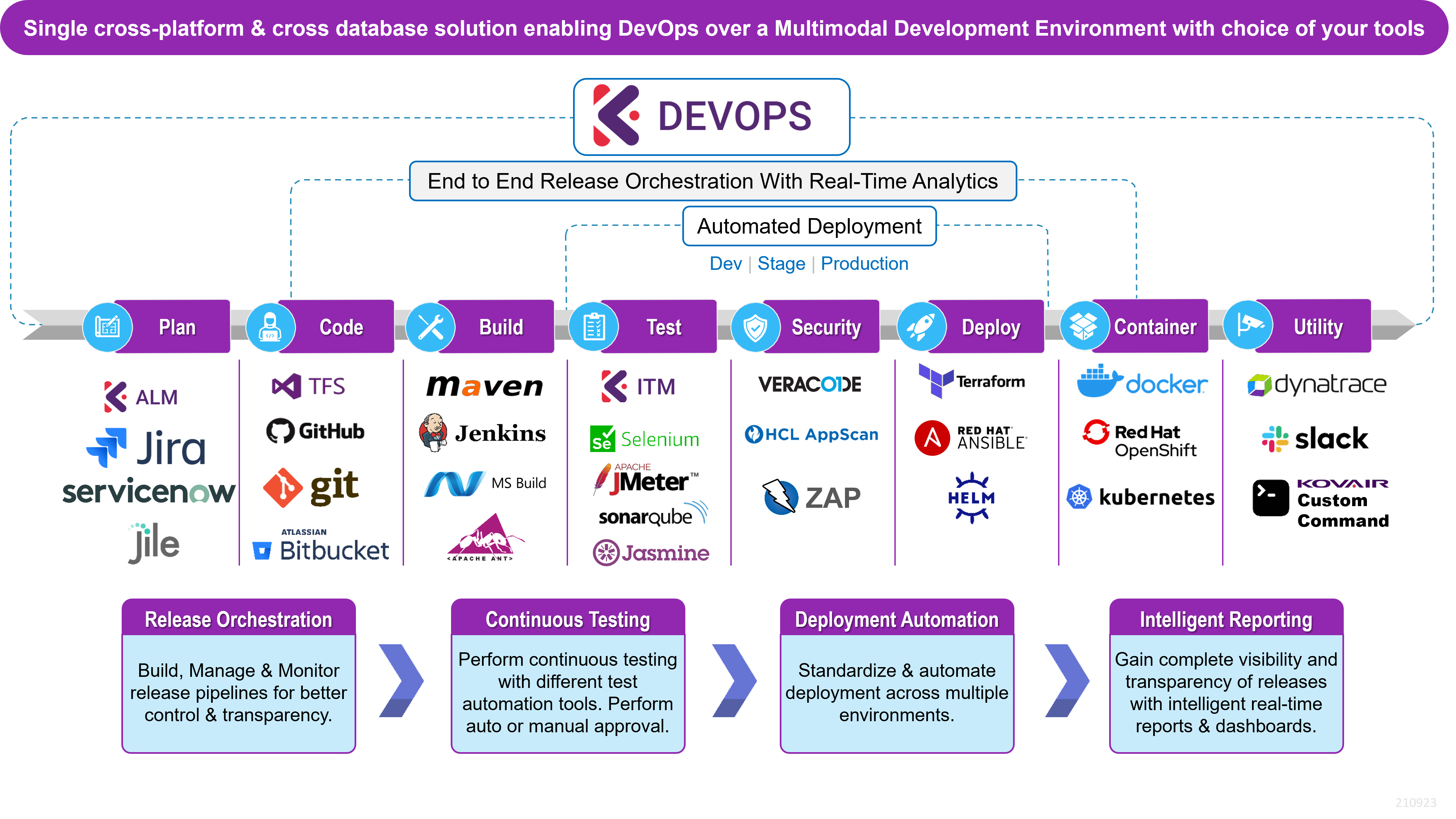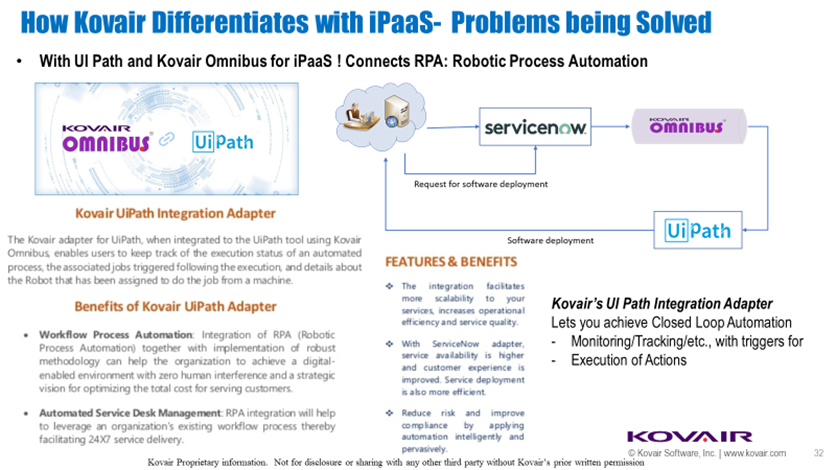One of the world’s largest Organizations specialized in networking and application services, headquartered in USA was using Bugzilla for managing the customer tickets & Jira for managing internal development and testing. The usage of disparate tools from different vendors by different teams for software delivery brought in the challenge of real-time collaboration between the teams and visibility to the management.
Challenges
The company invested heavily for both Bugzilla and Jira for increasing efficiency of teams. This use of different tools by different teams brought in information silos and introduced collaboration challenges between teams. Manually synchronizing artifacts between the two tools and keeping both the teams in sync was becoming error prone. The major challenges which they wanted to solve in terms of data synchronization were:
- Customer facing teams using Bugzilla to log all issues as Bugs under several products as and when reported by end customers. These issues were getting synched to the internal teams manually, thus causing delays.
- Any update on the reported bugs by engineering was not getting updated to the support team on a regular interval.
- The complexity of assigning defects to multiple Jira teams based on certain criteria cause further delays when things get handled manually.
- Another major problem which existed due to lack of real time synchronization is the visibility of bugs to both internal and external teams in a real-time manner.
With this need, the customer looked for multiple integration solutions to establish a bridge between Bugzilla and JIRA. Due to high customization and lower version of Bugzilla at their end, it was extremely difficult for vendors to establish the connectivity between the tools. After thorough evaluation, Kovair Omnibus was selected over other vendors by the customer as Kovair could satisfy all their integration and solutions needs.
Kovair Omnibus – SOA Architected Proprietary Enterprise Service Bus
The only way to resolve all the problems stated above was to establish a bi-directional integration between Bugzilla & Jira. Kovair used its SOA architected proprietary ESB Omnibus for integrating these two tools.
Kovair Omnibus is an SOA architected proprietary Enterprise Service Bus (ESB) platform that can seamlessly connect 110+ commercial tools from different vendors and areas like Agile, DevOps, PPM, ALM, PLM, ITSM, ERP and CRM. Being an ESB, the solution also provides the facility to integrate other tools in future. Some of major the benefits of Kovair Omnibus over other solutions are:
- Web based configuration: Complete web-based configuration without any client footprint. Integrations can be configured with simple mouse clicks in a codeless manner.
- Real-time Monitoring: Kovair Omnibus provides on-screen monitoring capabilities for organizations to achieve multiple benefits like:
- Monitor the data movement in a real-time manner.
- Easily find the number of pending, processed, and attempted items.
- Monitor the health of all bridges configured in the integrated environment.
- Quickly find out the reason for any failure in data movement.
- User Mapping Across Tools: Same user not belonging to or having access to every tool is a very common scenario. Sam in one tool may be Samuel in other tool which makes it very difficult to associate the same user when a record is synched between multiple tools. With the user mapping capability of Kovair Omnibus you can easily solve this problem and map users across multiple tools or use the LDAP authentication.
- Synchronize Attachment, Comment and Relationships: Kovair Omnibus synchronizes attachments, comments as well as relationship between artifacts between the tools along with the actual record that is getting synchronized. This way it ensures that every attribute attached to a record gets synchronized through integration.
- Synchronization of status: Kovair Omnibus synchronizes the status of records across tools pertaining to the workflows configured in the respective tool. This enables users to synchronize the status of records across multiple tools providing a real-time insight into the progress of the item.
- Built-In disaster recovery: Kovair Omnibus comes with built-in disaster recovery mechanism. In case of any loss in connectivity between tools, Omnibus maintains queues at every level and resume the integration from the point it was left. This way zero loss of data is ensured when tools are reconnected with Kovair Omnibus.
With all these unique aspects and capabilities of integrating in-house tools, Kovair Omnibus provided a very elegant solution for their integration needs.
Journey with Kovair Omnibus
After selecting Kovair Omnibus as the solution to go for. the client got engaged with Kovair team to design and implement the integration scenarios between Bugzilla and Jira. Their main idea was to synchronize the external bugs reported at Bugzilla with the internal defect management tool JIRA and track the progress of each defect in a real-time manner.

Fig: Integration Flow Diagram between Bugzilla and Jira
Heavy customization of Bugzilla at the customer end and usage of a lower version of Bugzilla had increased the challenge of integration many folds. Kovair with its extensive experience in the area of tools integration, could successfully overcome the challenges and could deliver a solution pertaining to their business needs.
The above-mentioned use cases got configured in their staging instance and was successfully demonstrated to them. Values of different custom fields created at their Bugzilla instance got synchronised with different fields of JIRA in a bi-directional manner. All attachments and series of comments associated with the records also got synchronized. Any status update done on any defect in JIRA got reflected in Bugzilla keeping both the teams informed in a real-time manner.
Within a short time Kovair Omnibus gained the confidence of teams and they have started expressing how Omnibus is positively affecting their work. They started their production implementation in a phased manner and teams are getting onboarded in an incremental manner.
Beyond just establishing bi-directional integration between the tools, the solution also provided a live sync monitor to manage and monitor data flows with ease in a single interface. This interface provided facilities to track the status of each individual data and made troubleshooting easier.
The customer development team appreciated the benefits achieved from the integrated tools ecosystem established using Kovair Omnibus. With this implementation, the silos of data were broken and both the teams got synchronized with the same set of data in a real-time manner.
Conclusion
The client has now successfully implemented Integration of Bugzilla & JIRA using Kovair Omnibus platform and thus removed their regular pains. Kovair is not only helping them to integrate tools which they are using today but is working hand in hand with them to ensure that the implementation is correct and successful. Stakeholders of their organization have already started recognizing the benefits of having an integrated environment achieved through Kovair Omnibus.
- Smooth collaboration between teams
- Real-time status of all items across different teams
- Single source of information for all teams
- Productivity gains through integration and Data Synchronization
To know more about Kovair Omnibus and to read more such Case studies please visit www.kovair.com










